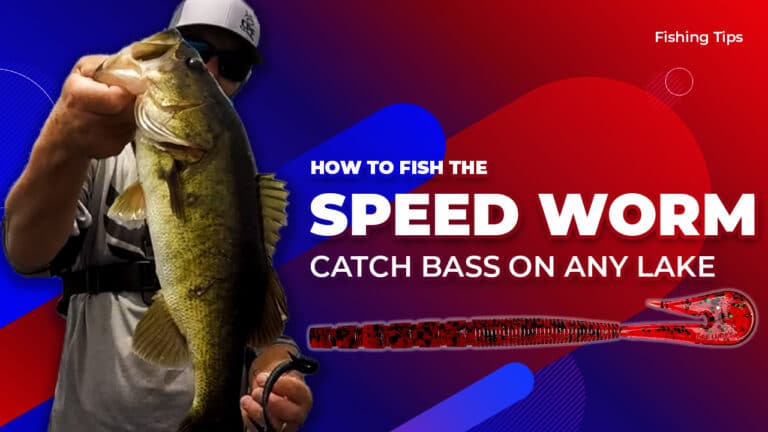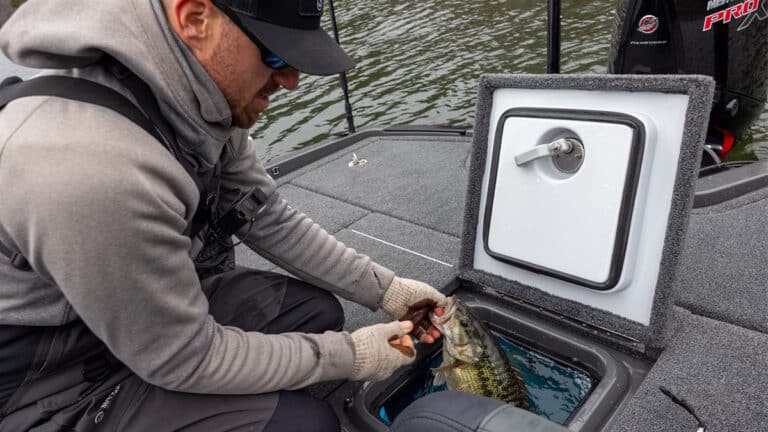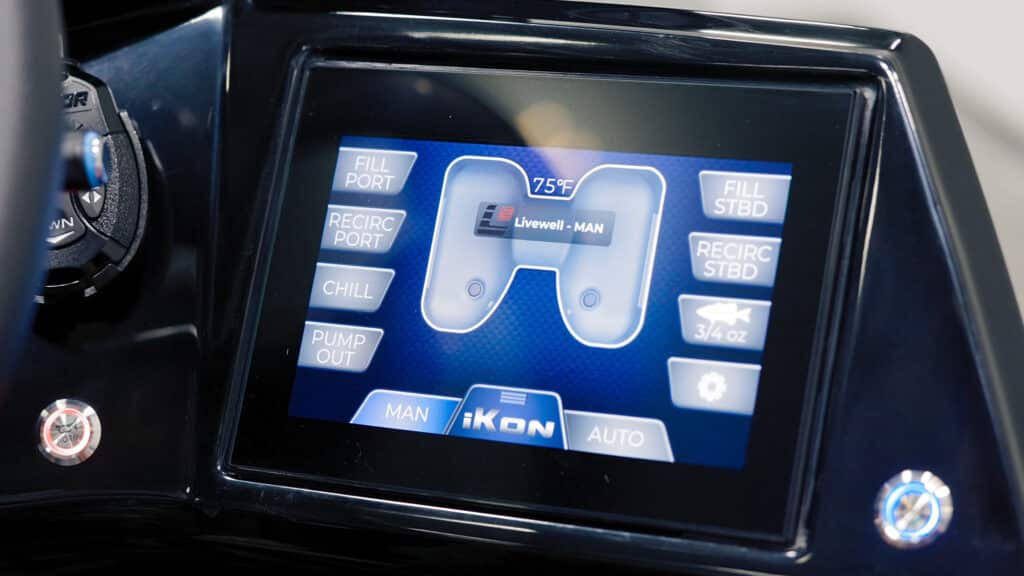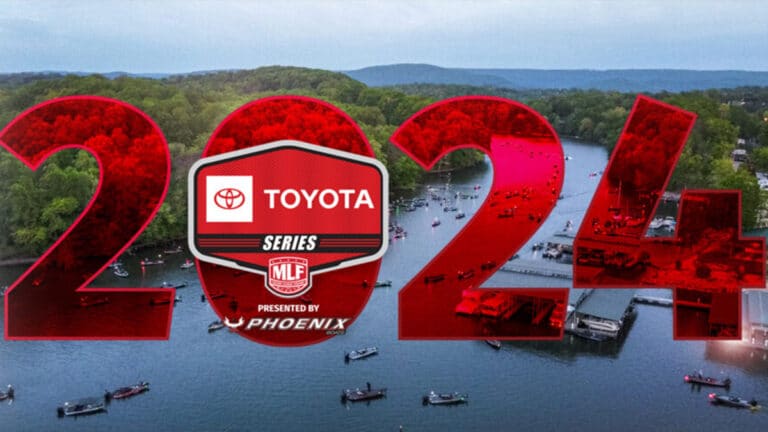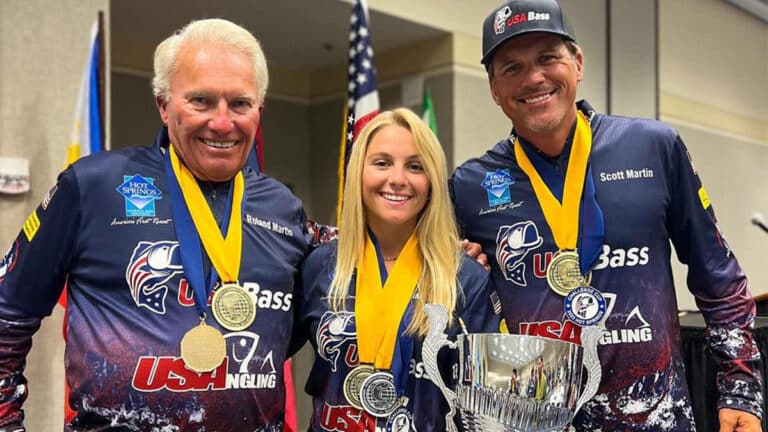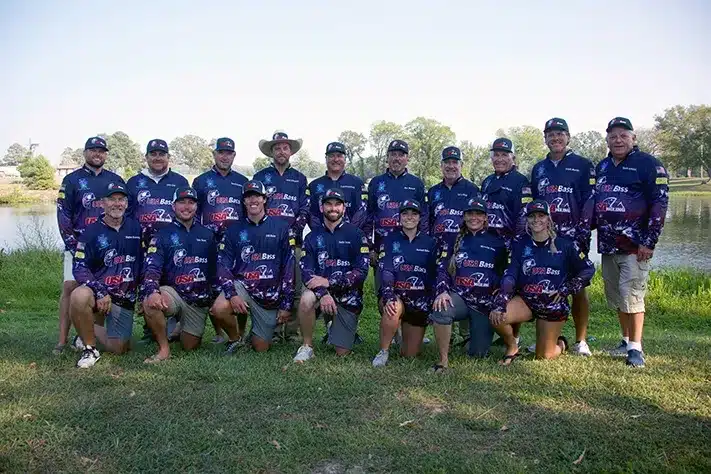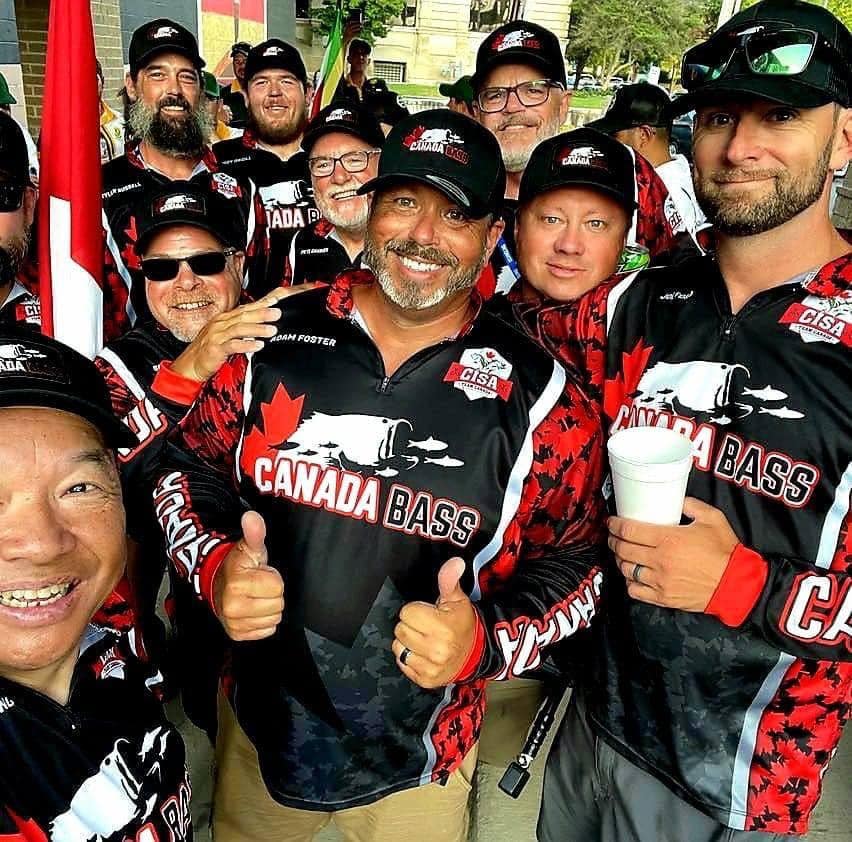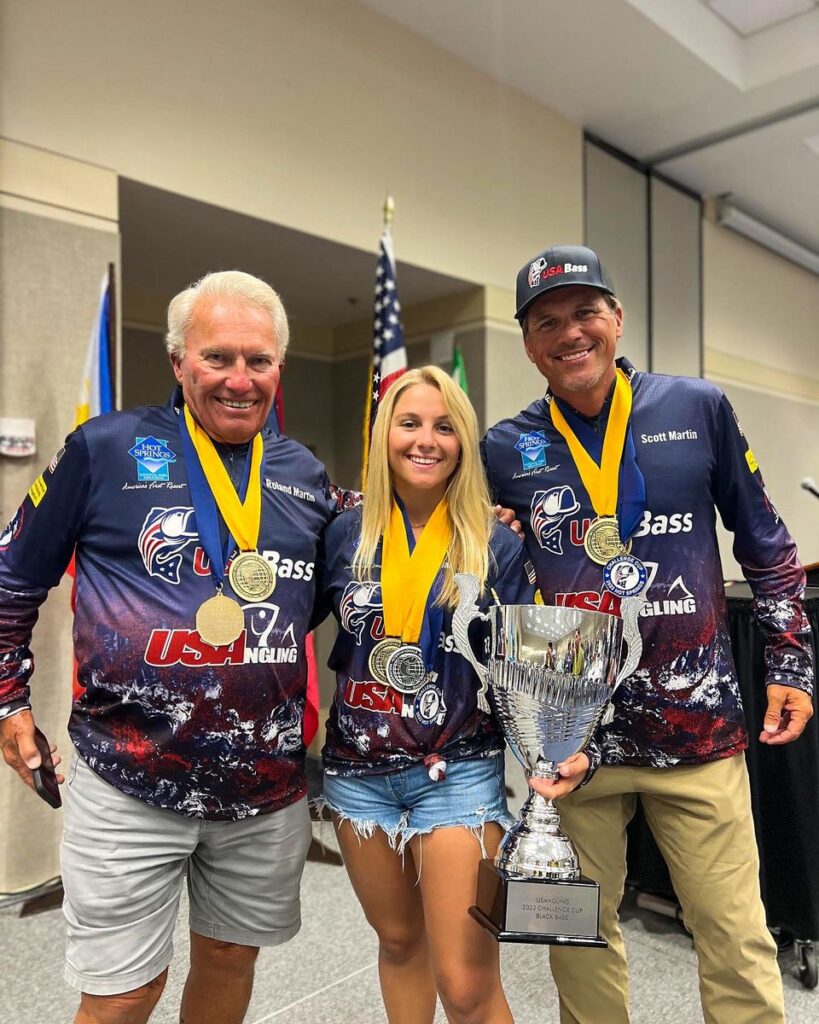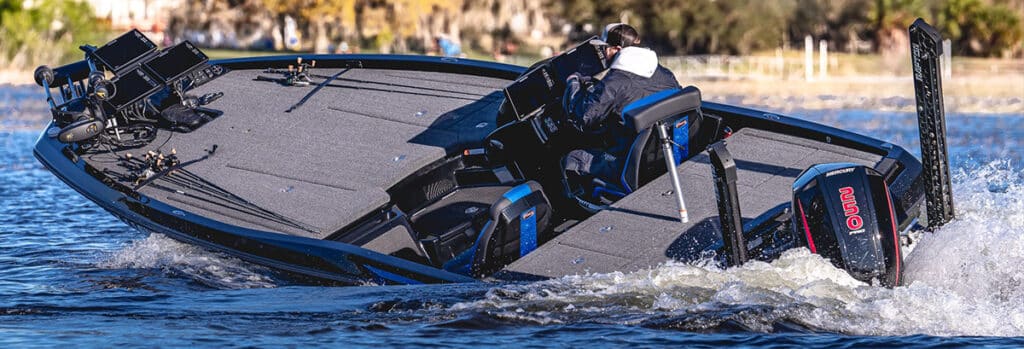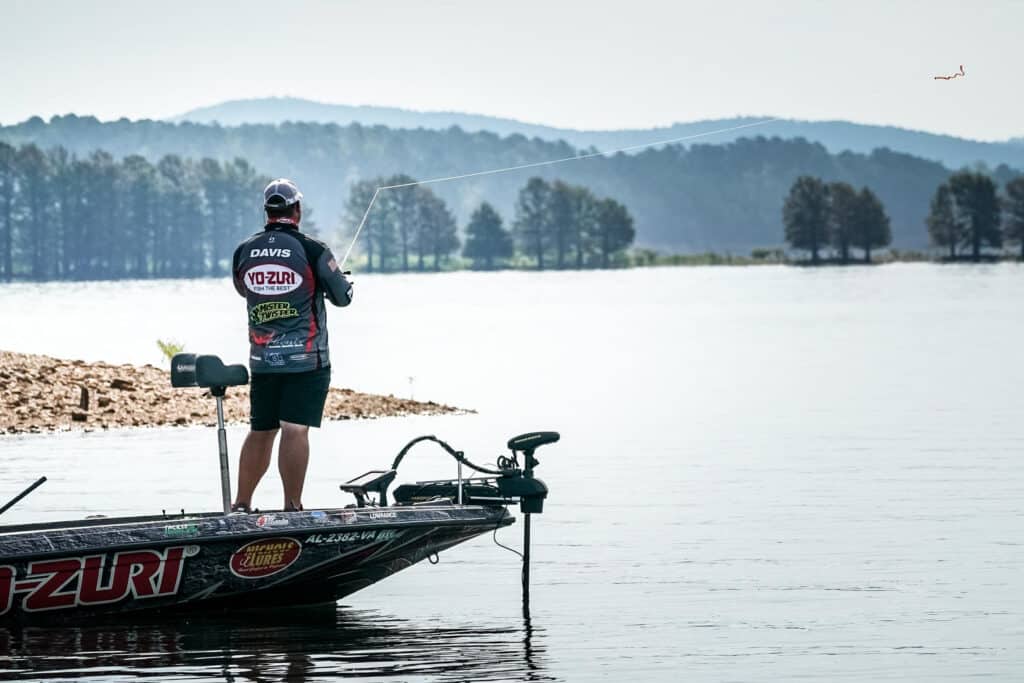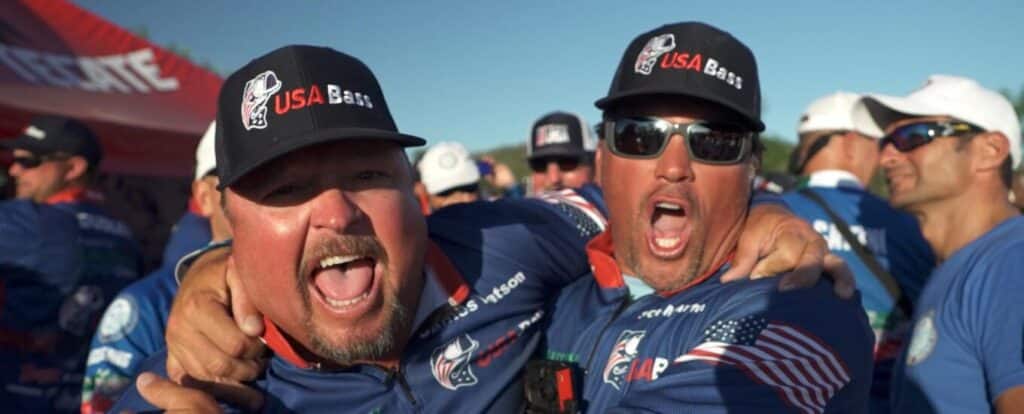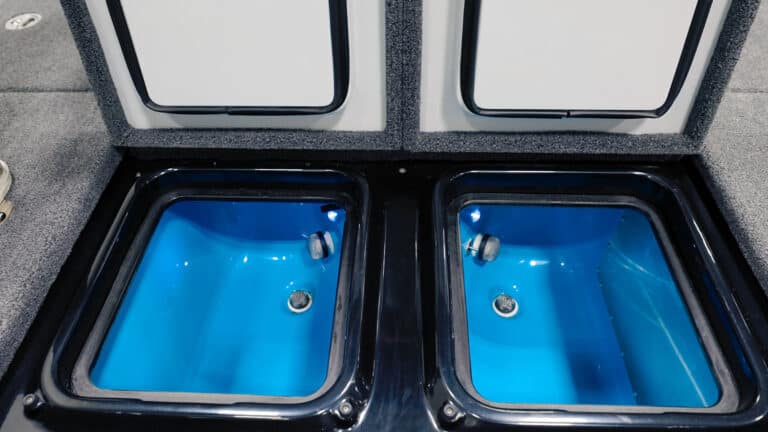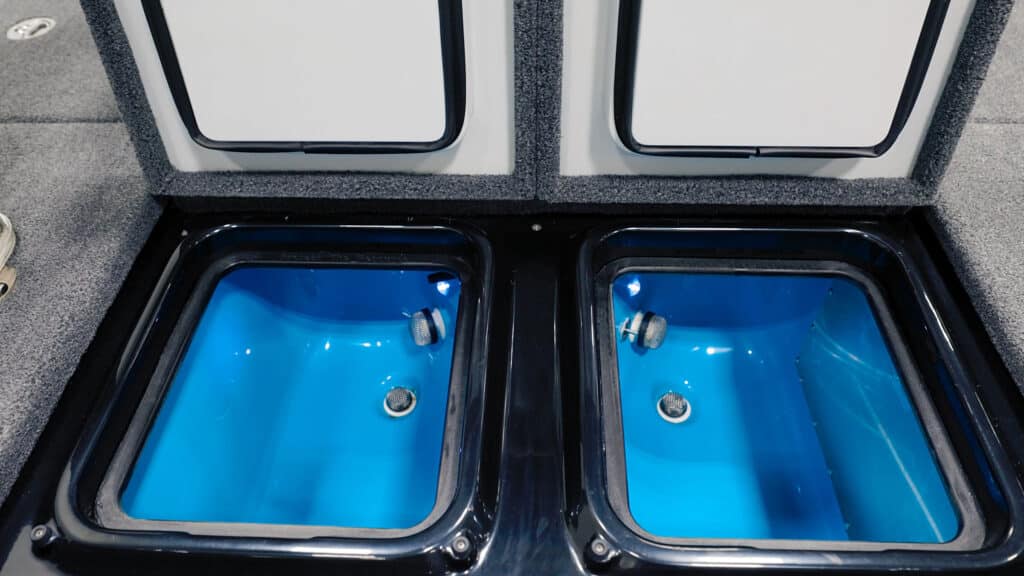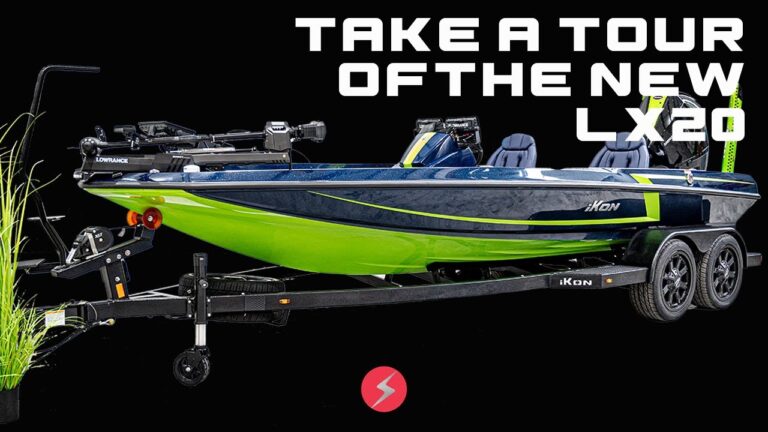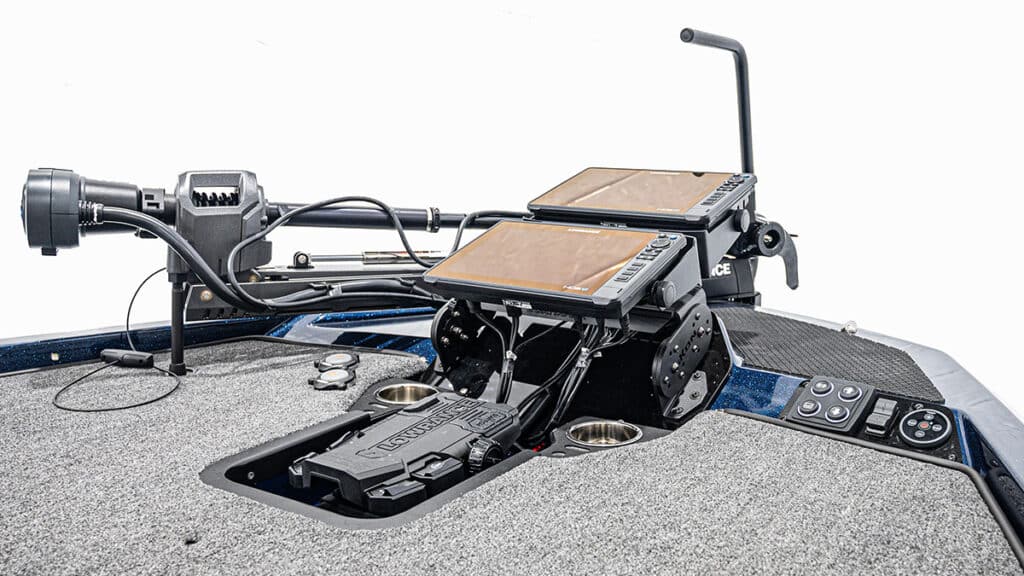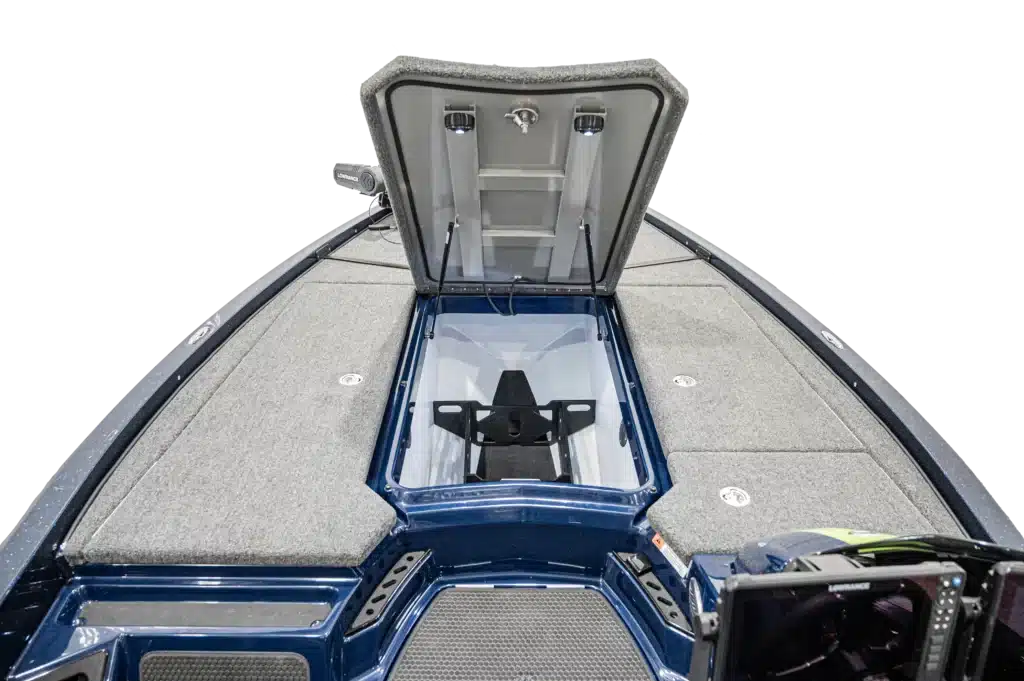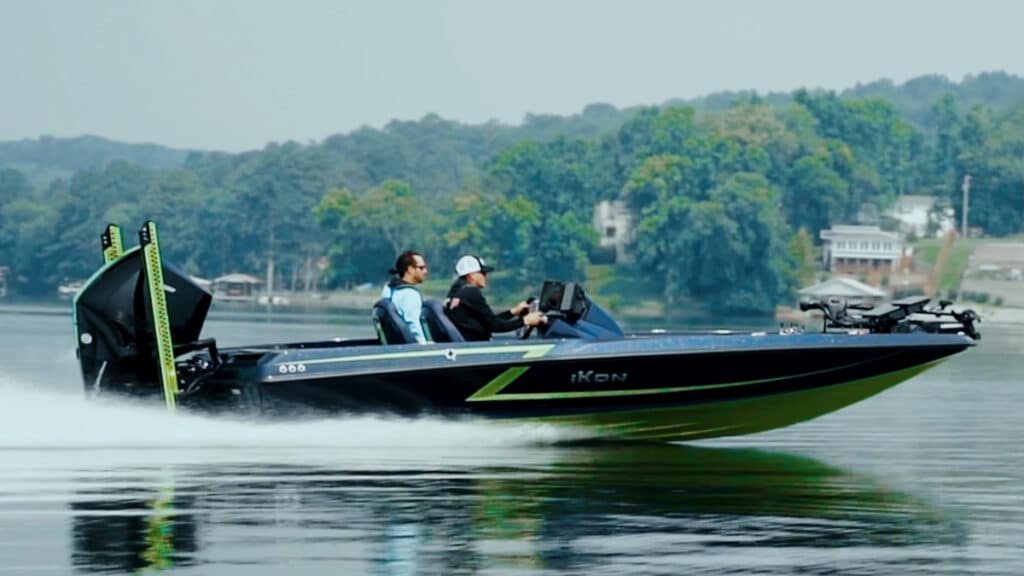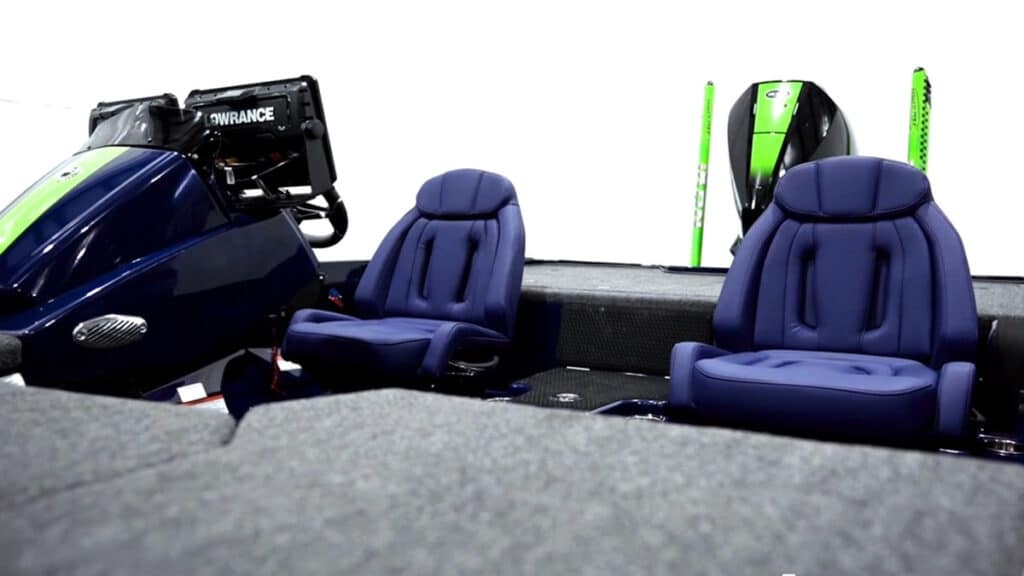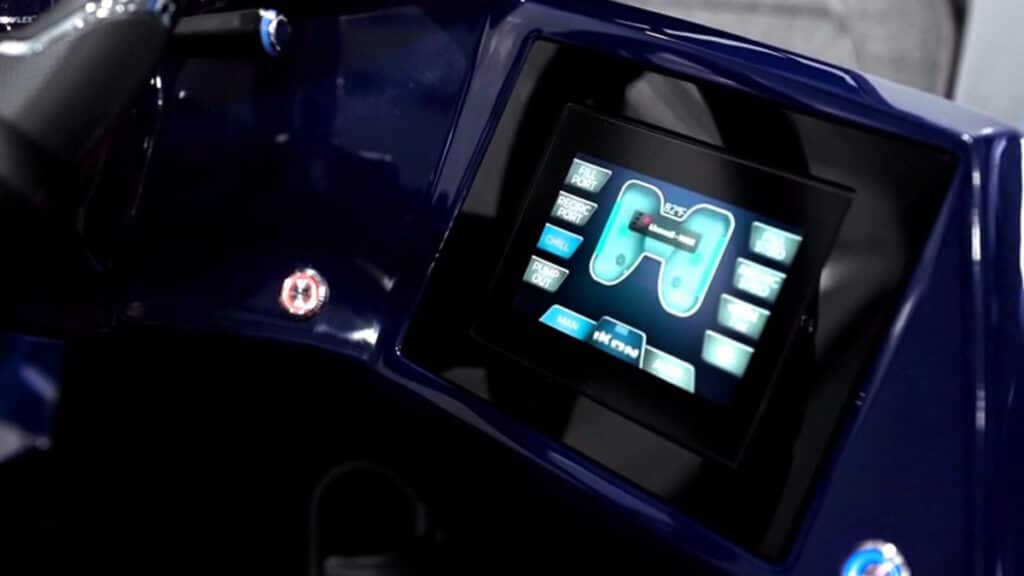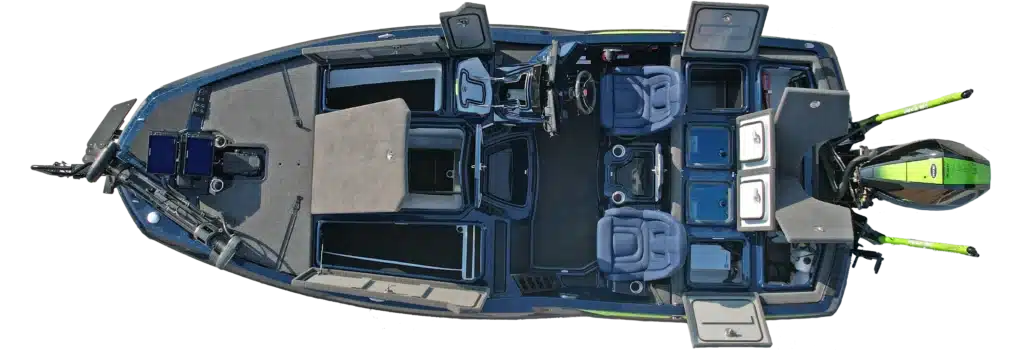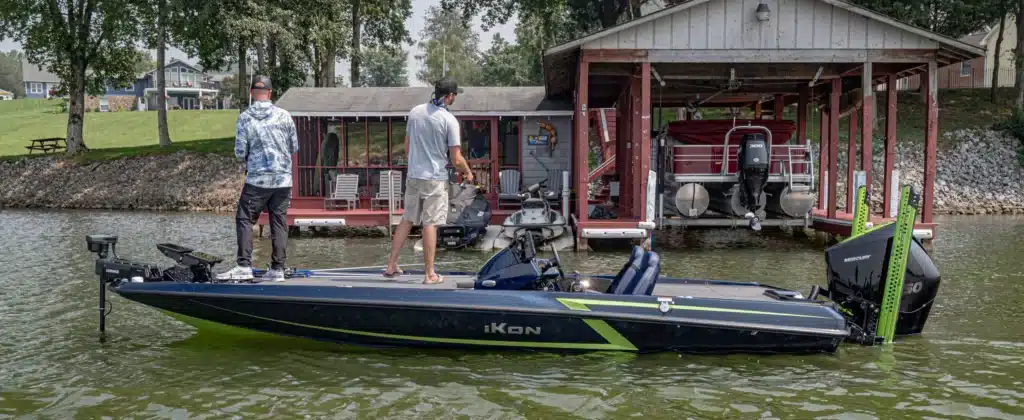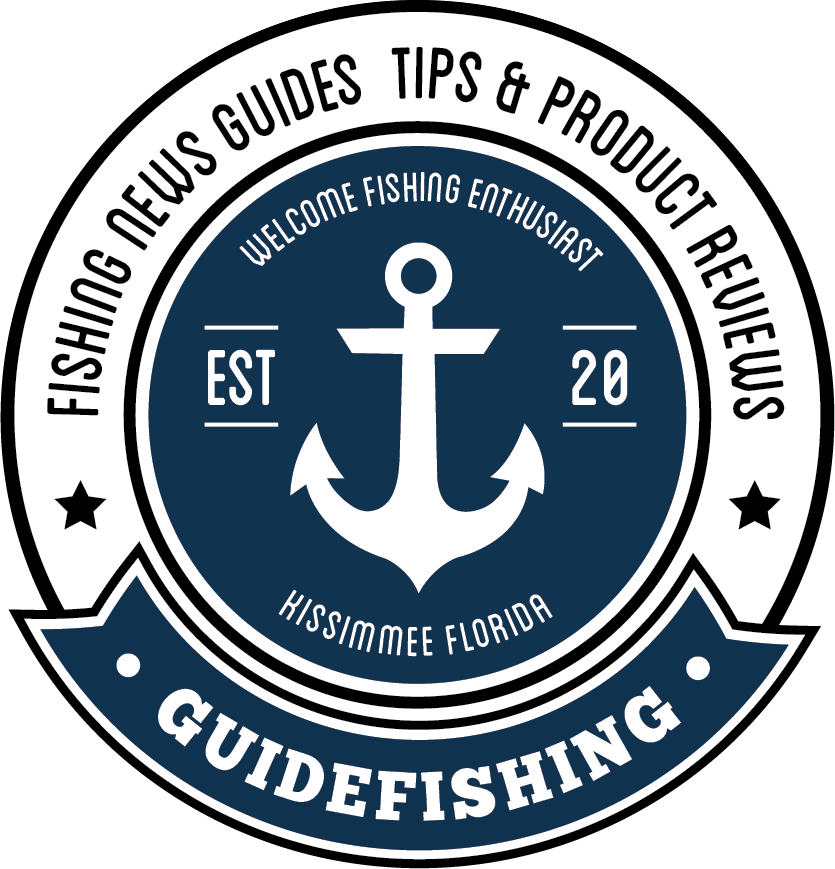Are you ready for an unforgettable bass fishing experience? Get ready to discover the art of fishing with a speed worm, a versatile and deadly technique for targeting bass in a variety of conditions. Learn how to fish a speed worm by selecting the right soft plastic bait, rigging it to perfection, and mastering various retrieval techniques to trigger those aggressive strikes from your target species. Get set for a thrilling adventure as you unlock the secrets of speed worm fishing.
Summary
- Master the Speed Worm technique for an unforgettable bass fishing experience
- Select soft plastic bait and terminal tackle to match natural prey of bass in various conditions
- Fine tune presentation by adjusting retrieve speed, rigging & tackle choice for optimal success
Mastering the Speed Worm
Understanding how to select the right soft plastic bait and terminal tackle for your target species and conditions is a cornerstone of mastering speed worm fishing. Choosing the right bait, such as the Thumper Pro Jr. from CPF Lures or the Ultravibe Speed Worm from Zoom, can make a significant difference in your success rate.
With the proper selection of soft plastic baits and terminal tackle, you’ll have the tools needed to catch more fish, even in the most challenging environments.
The key to mastering the speed worm technique lies in two main components: selecting the right soft plastic bait and choosing the appropriate terminal tackle. We will next examine these components, offering useful tips to help you make the best choices for your unique fishing scenario.
Soft Plastic Selection
When it comes to soft plastic selection, there’s a wide range of options available for speed worm fishing. Different sizes, shapes, and textures are designed to match the natural prey of bass. Factors such as water clarity, temperature, and bass behavior should be considered when choosing the right soft plastic bait.
Popular choices for fishing bait include CPF Lures and:
- Paddle tails
- Curl tails
- Straight tails
- Vibe tails
Each option offers unique advantages in specific fishing conditions. Experiment with various options and find the perfect match for your target environment to maximize your chances of success. Consider trying out a few packs of different options to find the best fit.
Terminal Tackle Choices
Choosing the appropriate terminal tackle carries the same weight as picking the right soft plastic bait. Your choice of hooks, weights, and swivels can greatly impact the effectiveness of your speed worm presentation. For example, using a straight-shank hook is recommended for optimal performance when fishing with a speed worm. Other terminal tackle considerations include the weight of your rig, which can influence the depth at which your bait is presented, and the use of swivels to minimize line twist and enhance the longevity of your worm on the hook.
Take time to choose the right terminal tackle for your specific fishing situation, and you’ll be well on your way to speed worm success.
Rigging Techniques for Speed Worms
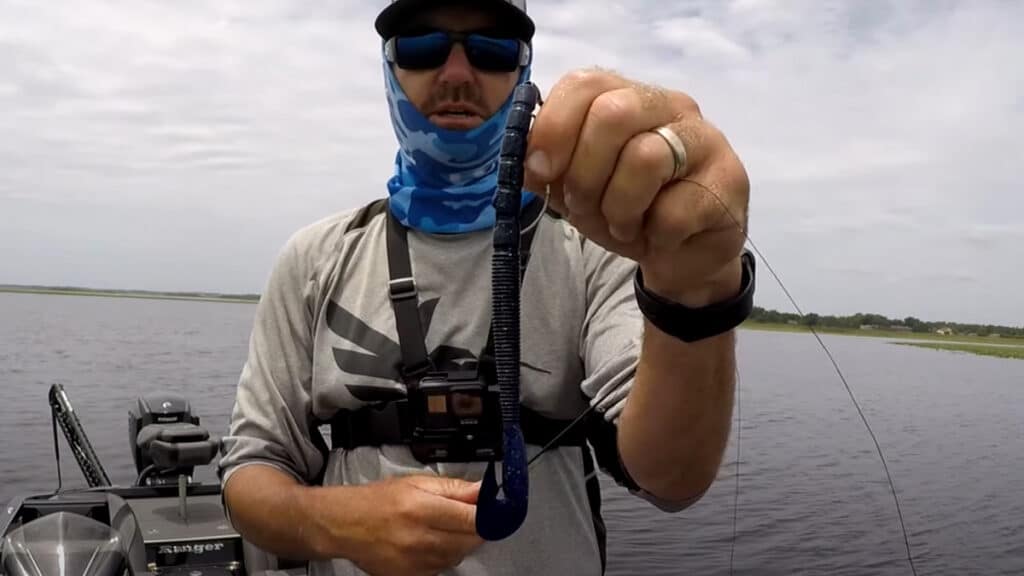
Optimizing the effectiveness of speed worms in diverse fishing conditions hinges on your proficiency in different rigging techniques. The versatile Texas rig, the bottom-bouncing Carolina rig, and the weightless rig all offer unique benefits and can be tailored to suit your specific needs. By familiarizing yourself with these rigging techniques, you’ll be better equipped to adapt your approach and ensure you’re presenting your speed worm in the most enticing manner possible.
Whether you’re fishing in heavy cover, targeting bass in deeper water, or looking for a more natural presentation, there’s a rigging technique to suit your needs. As we delve into each of these popular methods, we’ll share useful advice on how to best rig your speed worm to increase your chances of success.
Texas Rig
The Texas rig is an incredibly versatile method for rigging a speed worm, making it ideal for fishing in heavy cover and vegetation. With its weedless design and customizable weight options, the Texas rig allows you to present your speed worm effectively in a range of conditions.
To rig a speed worm using the Texas rig method, follow these steps:
- Insert the point of the hook through the worm’s nose.
- Poke it back out of the side.
- Slide the worm up the hook toward the eye, twisting it around the hook wire.
- Attach a small bullet weight, such as a 1/16-ounce weight, to the line above the hook.
And you’re ready to catch fish!
Carolina Rig
The Carolina rig is another popular rigging technique for speed worm fishing, offering greater sensitivity and control when targeting bass in deeper water. This rig allows the speed worm to move freely and naturally in the water column, imitating the movement of a live worm and enticing bass to strike.
By attaching a bullet weight and a leader to your main line, you can present your speed worm at any depth and cover a larger area of water, increasing your chances of success.
Weightless Rig
The rigged weightless rig is a simple yet effective technique for presenting a speed worm in a more natural and subtle manner. Without any additional weight, the speed worm moves slowly and naturally through the water column, replicating the movement of a distressed prey.
This easy-to-use rig is perfect for finicky bass in clear water conditions and can be fished quickly or slowly on the water’s surface, offering a fast speed when using a wacky-rigged Senko or a slow floating presentation.
Fishing Strategies for Speed Worm Success
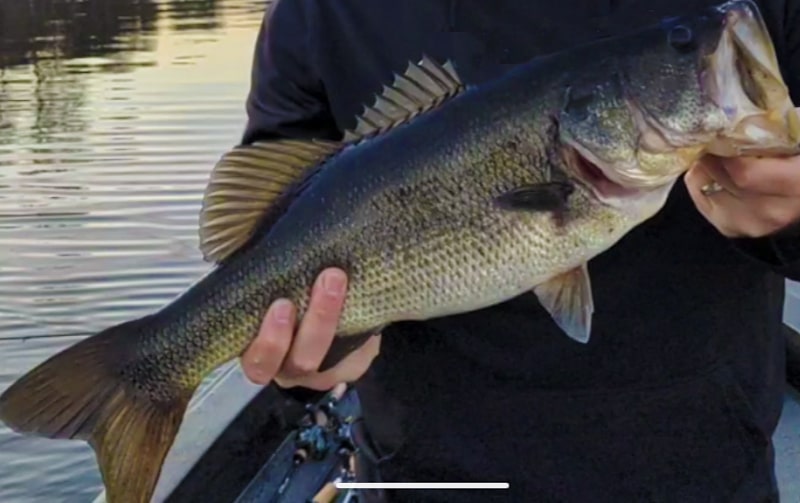
Having mastered rigging your speed worm, you should now focus on forming effective fishing strategies for successful outcomes on the water. By targeting structure and cover, working different water depths, and making seasonal adjustments to your approach, you’ll be well-equipped to catch more bass using this versatile technique. The forthcoming sections will offer insights into these key strategies, assisting in the refinement of your speed worm fishing tactics to enhance your odds of success.
Whether you’re fishing in shallow flats, deep ledges, or navigating the challenges of different seasons, having a diverse range of fishing strategies in your arsenal is crucial for success with a speed worm. By adapting your approach to suit your specific fishing conditions, you’ll be well on your way to landing that trophy bass.
Targeting Structure and Cover
Identifying and targeting prime bass-holding structure and cover is essential for success with a speed worm. Submerged trees, docks, and weed lines are all prime examples of structure and cover that can hold bass. By focusing your efforts on these areas, you’ll increase your chances of encountering active fish and enticing them to strike.
Remember to adapt your speed worm presentation to suit the specific structure or cover you’re targeting, and don’t be afraid to experiment with different retrieves and rigging techniques to find what works best for your situation.
Working Different Water Depths
Understanding the importance of working different water depths is crucial for success with a speed worm. From shallow flats to deep ledges, being able to effectively fish various depths, including shallower water, will help you locate and catch more bass.
When fishing in shallow water, a speed worm can be retrieved rapidly and energetically, triggering aggressive strikes from bass. Conversely, in deeper water, a slower retrieval might be more effective, allowing the worm to remain in the strike zone for a longer time and persuading more timid bass to bite.
Don’t be afraid to experiment with different depths and retrieval speeds to find the perfect combination for your fishing conditions, using depth control as a guide.
Seasonal Adjustments
Making seasonal adjustments to your speed worm fishing tactics is essential for maximizing your chances of success throughout the year. Factors such as water temperature, bass behavior, and forage availability can all impact the effectiveness of your speed worm presentation. In the warmer months, bass are generally more active, and a faster retrieve with more aggressive twitches and pauses may be effective.
During the colder months, bass tend to be less active, and a slower, more subtle presentation might be required to entice bites. By adjusting your approach to suit the season, you’ll be better equipped to catch bass all year round.
Retrieval Techniques for Speed Worms
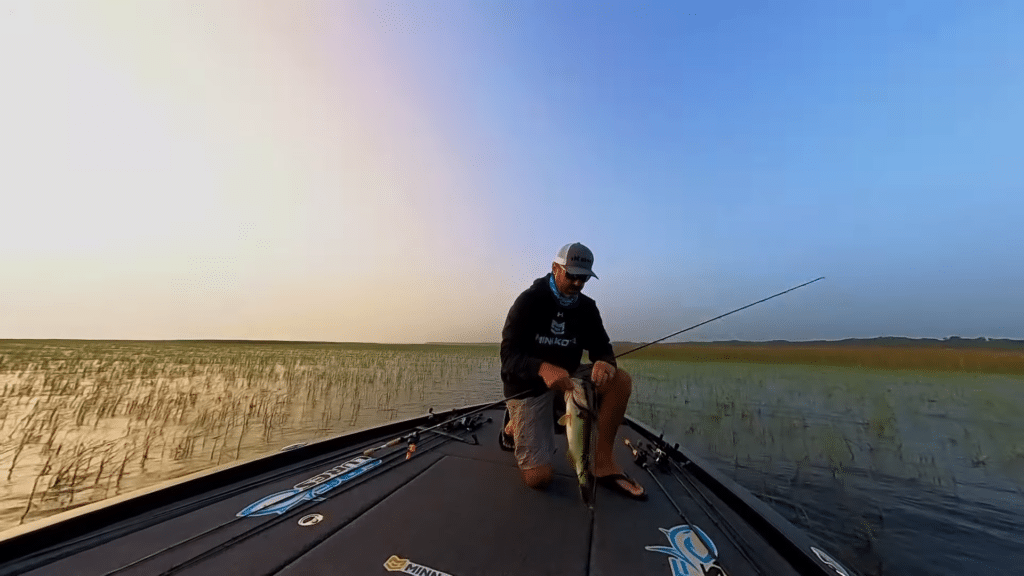
Becoming adept in a range of retrieval techniques is a vital part of truly mastering speed worm fishing. From slow and steady retrieves to erratic retrieves and subtle twitches and pauses, understanding how to effectively manipulate your speed worm can make all the difference in enticing bass to strike. As we delve into these popular techniques, we will assist in developing a broad spectrum of retrieval skills to keep bass guessing and amplify your odds of success.
By mastering a range of retrieval techniques, you’ll be well-equipped to adapt your approach to suit the specific conditions and preferences of bass in your fishing location. Experiment with different retrieves to find the perfect combination of speed, action, and subtlety that triggers those aggressive strikes from your target species.
Slow and Steady Retrieve
A slow and steady retrieve can be a highly effective technique when fishing with a speed worm, as it allows the bait to move naturally through the water, mimicking the movement of live prey. By maintaining a consistent retrieve speed, you can effectively cover a specific area while giving bass plenty of time to detect and respond to your bait.
To execute a slow and steady retrieve, follow these steps:
- Cast your speed worm near matted vegetation or other potential hiding spots for bass.
- Begin reeling in the worm at a slow, steady pace, allowing it to slowly sink near the matted vegetation.
- Adjust the speed of your retrieve based on the water temperature.
- Don’t be afraid to experiment to find the most effective technique for your fishing conditions.
Erratic Retrieve
An erratic retrieve is another effective technique for fishing with a speed worm. By incorporating unpredictable and varied movements into your retrieve, you can imitate the behavior of injured or fleeing prey, triggering aggressive reaction strikes from bass. To perform an erratic retrieve, follow these steps:
- Cast your speed worm.
- Begin reeling it in.
- Intermittently twitch the rod tip.
- Lift the rod up and down.
- Make sudden jerks.
This erratic movement can provoke huge bass, as well as big bass, to strike out of instinct or aggression, increasing your chances of success.
Subtle Twitches and Pauses
Incorporating subtle twitches and pauses into your speed worm retrieve can be a highly effective way to entice bass to strike. These small movements and brief pauses can mimic the behavior of injured or dying prey, triggering a predatory response from nearby bass. To effectively employ this technique, follow these steps:
- Cast your speed worm and begin reeling it in slowly.
- As you retrieve the worm, incorporate small twitches of the rod tip and brief pauses.
- Carefully observe your line for any movement or indication of a strike.
If you notice the line twitch or peel away, be prepared to set the hook and reel in your catch.
Troubleshooting Common Speed Worm Fishing Challenges
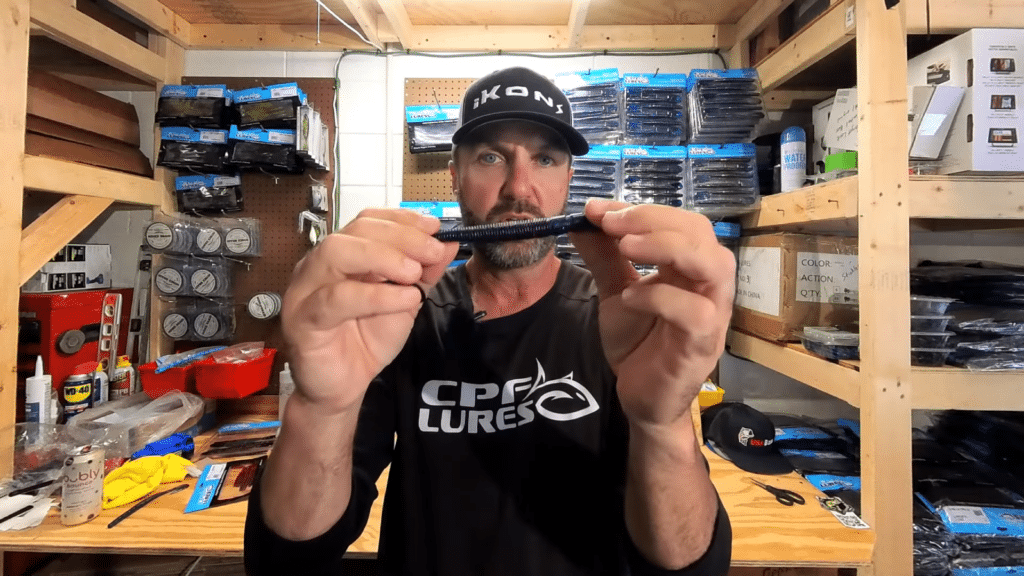
No matter how experienced, any angler can face challenges when fishing with a speed worm. Detecting and setting the hook, as well as preventing snags and fouling, are common difficulties that can arise during a fishing session. By understanding these challenges and learning how to overcome them, you’ll be better equipped to maintain focus on your fishing and maximize your success with the speed worm.
We will discuss some common speed worm fishing challenges in the forthcoming sections and offer practical advice to help you address these issues. By becoming proficient in detecting and setting the hook, as well as preventing snags and fouling, you’ll be well on your way to a more enjoyable and productive speed worm fishing experience.
Detecting and Setting the Hook
Properly detecting and setting the hook is crucial when fishing with a speed worm. A swift and firm hookset ensures that you don’t miss out on potential catches. To achieve a solid hookup, use a straight-shank hook and a sweeping hookset by quickly and firmly pulling the rod to the side and aft.
Additionally, employing the appropriate rod action and reel settings can help you detect bites more easily and set the hook successfully. A longer rod and a weightless setup with a 4/0 Gamakatsu Offset Round Bend hook are recommended for optimal performance.
Preventing Snags and Fouling
Preventing snags and fouling is essential for a successful speed worm fishing trip. By employing the proper rigging techniques and tackle choices, you can minimize the risk of snags and fouling, allowing you to spend more time fishing and less time untangling your gear.
Some tips to avoid snags and fouling include using weedless hooks, selecting a suitable line weight, and practicing proper casting techniques. By implementing these strategies, you’ll be better equipped to maintain focus on your fishing and maximize your success with the speed worm.
Pro Tips for Speed Worm Success
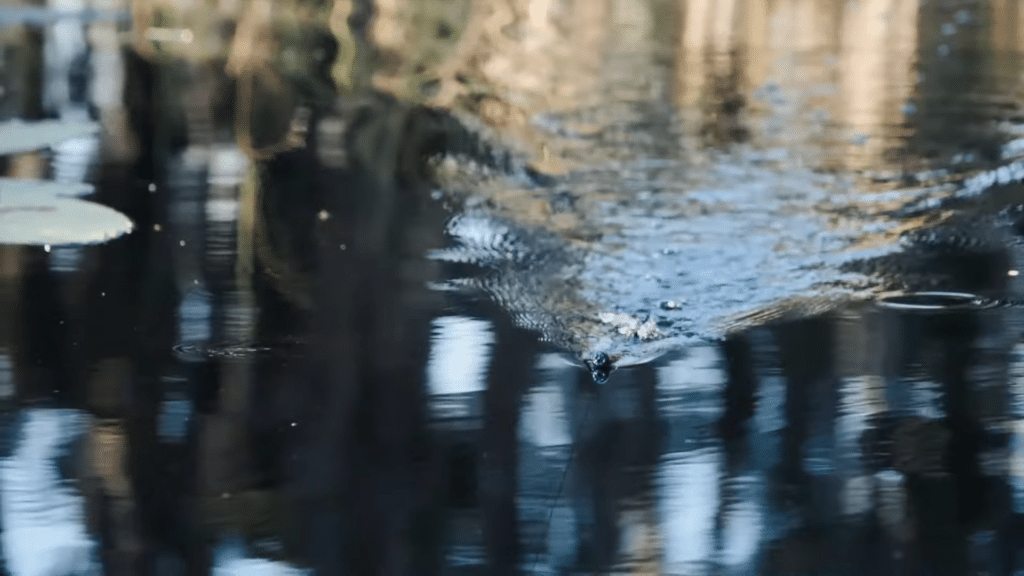
With the knowledge and techniques shared in this blog post, you’re poised for success in speed worm fishing. However, there’s always room for improvement and fine-tuning your approach. This section will offer professional tips to enhance your speed worm success, focusing on color selection and customization, pairing with other lures, and honing your presentation.
By incorporating these pro tips into your speed worm fishing arsenal, you’ll be better equipped to adapt your tactics to suit various conditions and preferences, ultimately increasing your chances of landing that trophy bass.
Color Selection and Customization
Choosing the right color and customizing your speed worm can make a significant difference in your success rate. Factors such as water clarity, light conditions, and visibility should be considered when selecting the best color for your specific fishing situation. Experiment with various color options and customize your speed worm to match the conditions and forage base of your fishing location.
Popular choices include Junebug, Plum, Red, and Junebug Red, all of which have been known to be successful in specific fishing conditions.
Pairing with Other Lures
Pairing your speed worm with other lures can significantly enhance your overall presentation and entice bass to strike. Combining a speed worm with a spinnerbait or a jig, for example, can create a more attractive and realistic bait profile that is hard for bass to resist. Experiment with various combinations of lures to discover what works best for your target species and fishing conditions.
By mastering the art of pairing your speed worm with other lures, you’ll increase your chances of success and take your bass fishing game to the next level.
Fine-Tuning Presentation
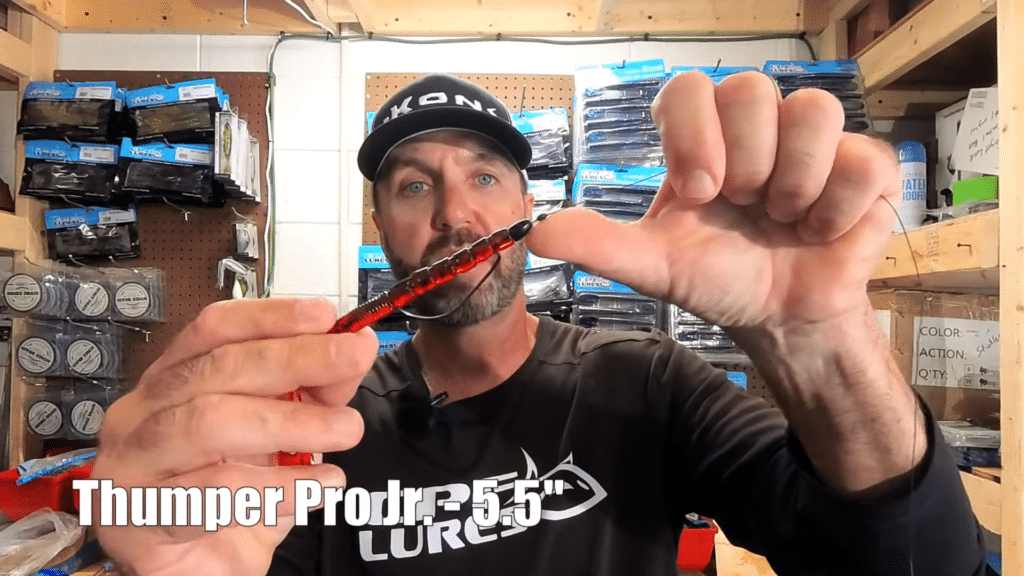
Fine-tuning your speed worm presentation is essential for maximizing your chances of success on the water. By adjusting your retrieve speed, rigging, and tackle choices, you can optimize your presentation and increase your chances of enticing bass to strike.
Experiment with different retrieve speeds, rigging techniques, and tackle choices to find the perfect combination for your specific fishing situation. By constantly refining your presentation, you’ll be better equipped to adapt to changing conditions and preferences, ultimately increasing your chances of landing that trophy bass.
Summary
In conclusion, mastering the art of speed worm fishing requires a combination of selecting the right soft plastic bait and terminal tackle, perfecting various rigging techniques, developing effective fishing strategies, and fine-tuning your presentation. By incorporating the knowledge and techniques discussed in this blog post, you’ll be well-equipped to take your bass fishing game to the next level, ensuring an unforgettable bass fishing experience. So, gear up, hit the water, and put your newly acquired speed worm fishing skills to the test!
Frequently Asked Questions
To fish the Speed Worm, make contact with the grass you’re trying to fish and feel it ticking off the grass. When a fish bites, set the hook and reel them in. This bait allows you to cover water quickly and locate if the fish are in the desired area.
If you’re looking to fish a Speed Worm, grass flats, grass edges, and around laydowns and brush piles are all good spots to target. Covering water across grass flats is a great way to utilize this tactic.
To fish a swimming worm, cast it out and then slowly reel it back in while keeping your rod up at around 10 o’clock. When the worm ticks the cover, you can drop the line to set the hook if something hits it.
The best speed worm for bass fishing is the Thumper Pro & Thumper Pro Jr. from CPF Lures


